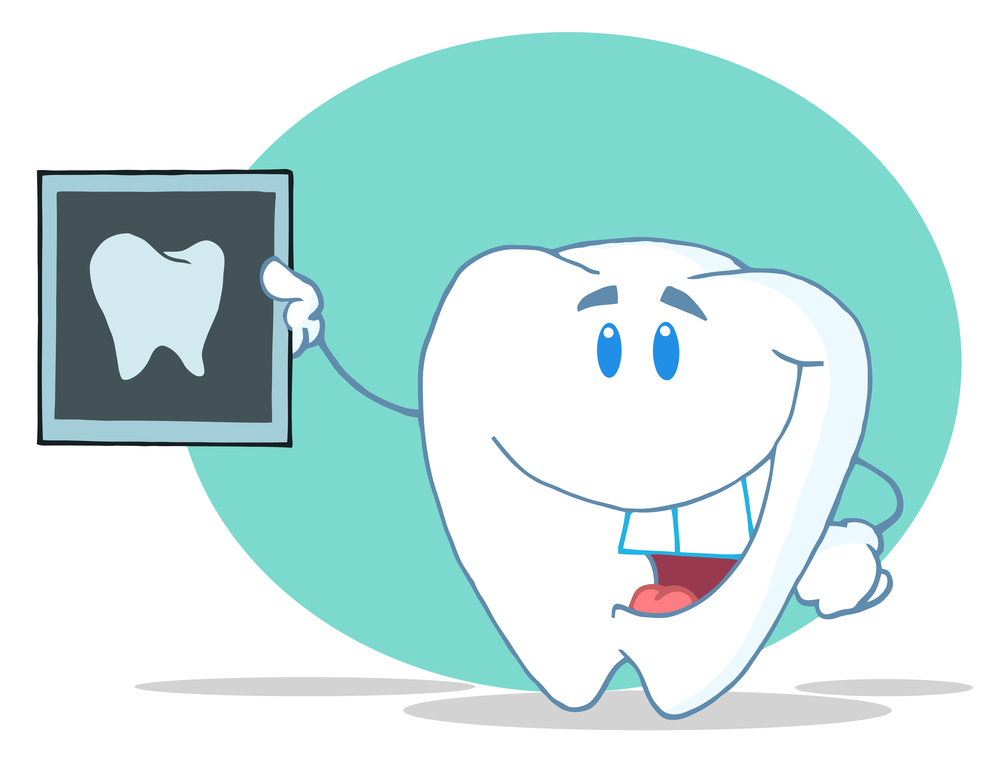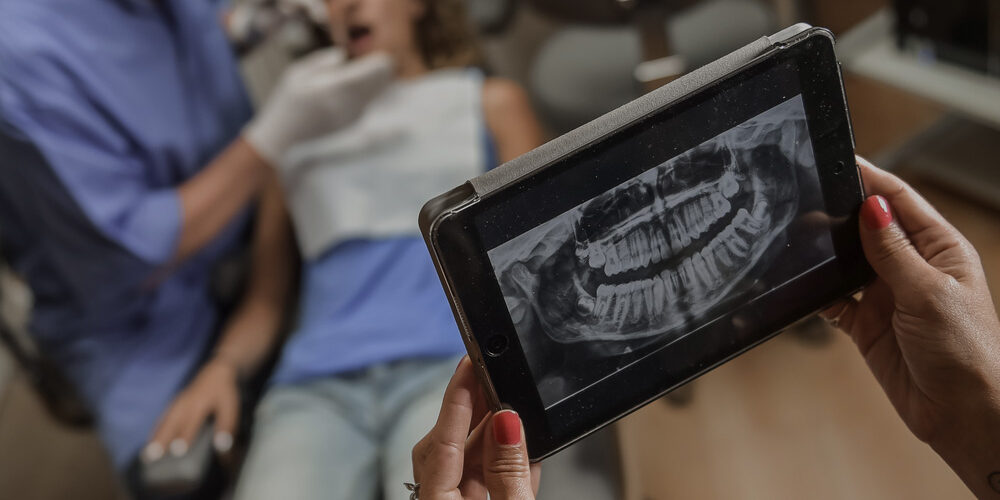Gone are the days of traditional x-rays that required film development and had limitations in terms of image quality and processing time. Digital dental x-rays – a game-changer in dental diagnosis that offers unparalleled precision, efficiency, and patient comfort. In this blog post, we will discuss the role of digital dental x-rays in enhancing dental diagnosis, uncovering how this innovative technique enables us to detect problems early on, provide more accurate diagnoses, and ultimately deliver superior care.
Introduction to digital x-rays in dentistry
Digital x-rays, also known as radiographs, have been an integral part of dental diagnosis and treatment for many years. However, with the advancement of technology, traditional film-based x-rays have largely been replaced by digital x-rays in dentistry. Digital x-rays use electronic sensors instead of traditional photographic film to capture images of the teeth and surrounding structures. These images can then be viewed on a computer screen, allowing for a more efficient and accurate diagnosis.
Benefits of digital x-rays:
 The shift towards using digital x-rays in dentistry has brought about numerous benefits for both patients and dental practitioners. Firstly, digital x-rays emit significantly less radiation compared to traditional film-based x-rays, making them safer for patients. This is especially important for those who require frequent or repeated imaging, such as orthodontic patients.
The shift towards using digital x-rays in dentistry has brought about numerous benefits for both patients and dental practitioners. Firstly, digital x-rays emit significantly less radiation compared to traditional film-based x-rays, making them safer for patients. This is especially important for those who require frequent or repeated imaging, such as orthodontic patients.
Secondly, the images produced by digital x-rays are much clearer and can be enhanced and manipulated electronically. This allows for better visualization of small details that may not be visible on traditional film-based x-rays. Moreover, these images can be easily shared between dental professionals if needed for consultation or referral purposes.
Another advantage of digital x-rays is their speed and convenience. With traditional film-based x-ray systems, the image must be developed manually which can take several minutes before it is ready to be viewed. In contrast, digital x-ray systems produce images instantly, saving time for both the patient and dentist.
Traditional vs. Digital X-rays: What’s the Difference?
When it comes to dental diagnosis, X-rays play a crucial role in helping dentists detect and treat various oral health issues. Traditional X-rays have been used for decades, but with the advancement of technology, digital X-rays have become more commonly used in dental practices. So what exactly is the difference between traditional and digital X-rays? Let’s explore.
Traditional X-rays, also known as film-based or analog radiographs, require the use of photographic film to capture images of a patient’s teeth and bone structure. This film is placed inside the mouth and exposed to radiation from an X-ray machine. The image produced is then developed using chemicals, similar to how photographs are developed in a darkroom. The process can take several minutes before the final image is ready for evaluation.
On the other hand, digital X-rays use electronic sensors instead of film to capture images. These sensors are connected to a computer that produces instant digital images after exposure to radiation from an X-ray machine. The images are then displayed on a screen for immediate evaluation by both the dentist and patients.
One significant difference between traditional and digital X-rays is the amount of radiation exposure. Digital X-rays require significantly less radiation compared to traditional ones. This means that patients are exposed to lower levels of radiation during their dental appointments, making it a safer option overall.
Another advantage of digital X-rays is their ability to be enhanced or manipulated digitally. With traditional films, any adjustments would need physical retakes which can be time-consuming and uncomfortable for patients
Benefits of Digital X-rays in Dental Diagnosis
Digital x-rays, also known as digital radiographs, have revolutionized the field of dentistry. This technology allows dentists to capture high-quality images of a patient’s teeth and oral structures using electronic sensors instead of traditional film. This not only makes the process faster and more efficient but also offers several benefits in terms of diagnosis and treatment planning.
The various advantages of using digital x-rays in dental diagnosis:
- Improved Image Quality: One of the most significant benefits of digital x-rays is their superior image quality. Unlike traditional film x-rays, which often produce blurry or grainy images, digital x-rays offer high-resolution images that are much clearer and easier to interpret. This allows dentists to make more accurate diagnoses and identify even minor issues such as cavities or fractures that may not be visible to the naked eye.
- Reduced Radiation Exposure: Digital x-rays use significantly less radiation compared to traditional film x-rays, making them a safer option for patients. The electronic sensors used in digital radiography require up to 90% less radiation than conventional films, reducing the risk of potential side effects associated with prolonged exposure to radiation.
- Faster Results: With traditional film x-rays, patients had to wait for several minutes while the image was being developed before it could be viewed by the dentist. In contrast, digital radiography provides instant results that can be viewed on a computer screen within seconds after taking the image.
- Increased Accuracy and Detail: Digital X-rays provide increased accuracy and detail in diagnosing oral health issues. Traditional film-based X-rays were the standard method of capturing images of teeth, but with advancements in technology, digital X-rays have become the preferred choice for many dental professionals.
Digital X-rays have offer a more efficient and accurate way to diagnose dental issues. With digital X-rays, dentists can get high-quality images of a patient’s teeth and oral structures in a matter of seconds, making the diagnostic process quicker and more comfortable. Our Denver dentist at Spectrum Dental uses advanced digital x-rays, as well as all the latest dental technology. Contact us today to schedule an appointment.







